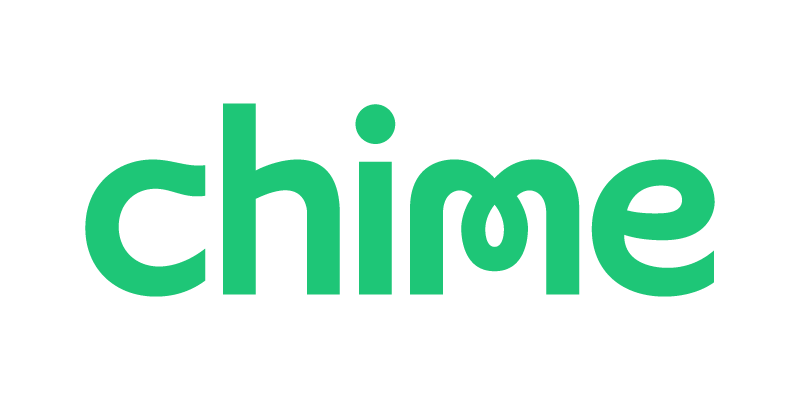What Is Difference Between Money Order And Cashier's Check
Money orders and cashier's checks can each be helpful if you need a more secure payment method than a personal check or cash — or if you don't have a checking account. But they have some key distinctions.
The biggest differences between cashier's checks and money orders are that cashier's checks are better for larger purchases and also tend to cost more, and money orders come in smaller amounts but are cheaper and easier to buy.
| Use a cashier's check if ... | Use a money order if ... |
|---|---|
|
|
Here's how to decide which works best for you.
When should I use a cashier's check?
Cashier's checks are better for large purchases. Say you want to spend $5,000 on a used car, but the seller won't accept a personal check. If you're not keen on carrying large amounts of cash, you need another form of guaranteed payment.
In this case, a cashier's check, sometimes called an official check, would be the better choice. Many businesses won't issue a money order for more than $1,000, but there's typically no limit on the amount a cashier's check can cover.
On the other hand, if you need to make a $500 deposit for an apartment and can't use a personal check, a money order would be wiser because they're generally less expensive.

Deposits are FDIC Insured
One Spend


Deposits are FDIC Insured
Chime Spending Account


Citi Priority Checking


LendingClub Rewards Checking

Which costs less, a cashier's check or a money order?
Money orders usually cost less. Walmart has some of the best prices for money orders, charging a maximum of 88 cents for amounts up to $1,000 with valid government-issued photo ID. The U.S. Postal Service charges from $1.25 to $1.76, depending on the amount. Banks often charge around $5.
Cashier's checks in any amount will set you back around $10.
Some banks and credit unions waive fees on cashier's checks and money orders for customers with certain accounts.
Which is easier to buy?
Money orders are easier to buy. You can buy money orders at post offices, some retail stores, banks, money transfer outlets and elsewhere. Going to a supermarket for milk? You could also pick up a money order at the customer-service counter.
Cashier's checks, on the other hand, are usually available only from a financial institution where you're a member.
If you're hoping to buy either one online, you won't have much luck. Issuers often require that you visit a physical location to buy a money order or cashier's check. If that's not an option, you could ask your recipient to let you send money online instead. This is typically free with a bank account, and among peer-to-peer transfer services, Venmo doesn't charge users for paying with a prepaid debit card.
Which is safer, a money order or a cashier's check?
Cashier's checks can be a little safer. If you lose a cashier's check or money order, or if it's stolen, you can take steps to recover your money — generally by showing the issuer your receipt and asking for a refund. That makes either option safer than carrying cash.
However, on a money order, the purchaser fills in the receiver's name, which is similar to writing a check. (Learn more about how to write a check here .) If you lose the money order before filling it in, anyone could cash it. And once someone cashes that money order, you more than likely won't get your money back.
If a money order or cashier's check is cashed fraudulently, you could contact police and work through the legal system to try to recover the money.
Cashier's checks offer a bit more protection, because the financial institution fills out the "pay to" line instead of the purchaser. And an official check drawn up by a financial institution may seem more credible to a recipient than a money order from your local 24-hour market. But either option is a good way to guarantee payment.
What Is Difference Between Money Order And Cashier's Check
Source: https://www.nerdwallet.com/article/banking/money-order-cashiers-check-how-to-decide
Posted by: trimration.blogspot.com

0 Response to "What Is Difference Between Money Order And Cashier's Check"
Post a Comment